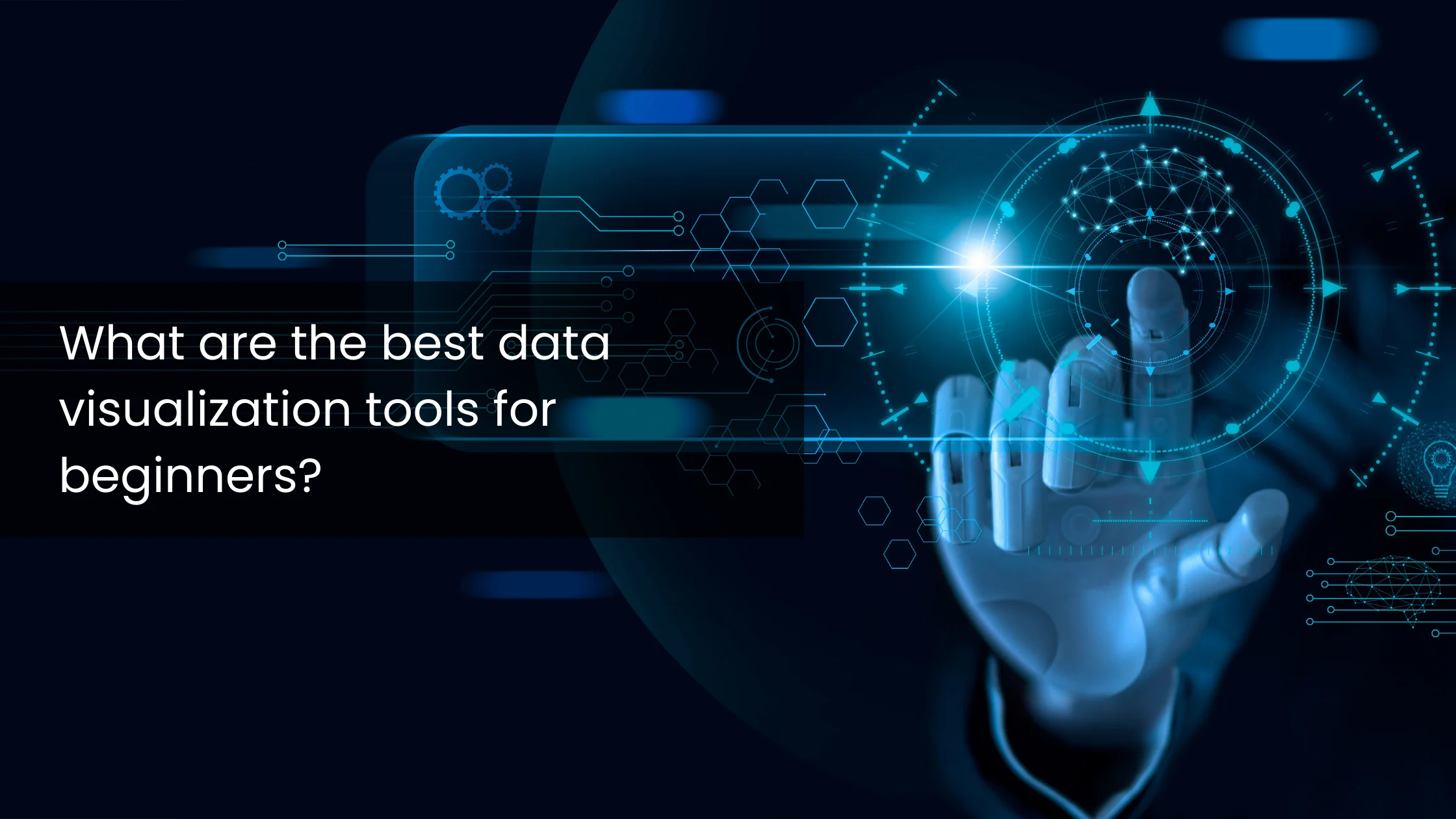 Data visualization! It’s the magical bridge between raw data and insightful storytelling. If you're just stepping into the world of data, picking the right tools can feel like choosing the perfect coffee blend in a hipster café. Fear not, for we at Cinute Digital are here to guide you through this delightful journey. Let's dive into the best data visualization tools for beginners and get you started on transforming numbers into compelling visuals.
Data visualization! It’s the magical bridge between raw data and insightful storytelling. If you're just stepping into the world of data, picking the right tools can feel like choosing the perfect coffee blend in a hipster café. Fear not, for we at Cinute Digital are here to guide you through this delightful journey. Let's dive into the best data visualization tools for beginners and get you started on transforming numbers into compelling visuals.
Why Data Visualization Matters
Before we dive into the tools, let's take a moment to appreciate why data visualization is so crucial. In today’s data-driven world, the ability to present data in a clear, engaging, and actionable way is a superpower. It's the difference between a dull spreadsheet and a captivating story that can drive decisions, spark insights, and even inspire innovation.
The Top Data Visualization Tools for Beginners
- Tableau
Tableau is often hailed as the king of data visualization tools, and for good reason. It's user-friendly, incredibly powerful, and has a supportive community. As a beginner, you'll appreciate its drag-and-drop interface that allows you to create complex visualizations without writing a single line of code. The Advanced Machine Learning and Data Visualization course we offer can take you from novice to pro, equipping you with the skills to master Tableau.
- Microsoft Power BI
If you're already familiar with Microsoft Office, Power BI will feel like a natural extension. It's robust, integrates seamlessly with other Microsoft products, and offers a range of visualization options. Beginners will love its intuitive design and the plethora of tutorials available online. Power BI is perfect for those who need to create quick, impactful dashboards with minimal fuss.
- Google Data Studio
Google Data Studio is a free, web-based tool that's perfect for beginners. It's particularly useful if you’re working with other Google products like Google Analytics or Google Sheets. The tool offers a straightforward interface and a variety of templates to get you started quickly. Plus, it’s free—what’s not to love?
- Plotly
For those who aren’t afraid to dabble in a bit of code, Plotly is an excellent choice. It’s a versatile tool that can be used with languages like Python, R, and JavaScript. Beginners will find its extensive documentation and community support very helpful. If you're taking our Machine Learning and Data Science with Python course, you'll find Plotly integrates perfectly with your workflow.
- Qlik Sense
Qlik Sense is another powerful tool that’s beginner-friendly. It’s designed to help users create interactive and dynamic visualizations. The associative model it uses makes data exploration intuitive and insightful. It’s a bit more complex than some other tools, but once you get the hang of it, the possibilities are endless.
Choosing the Right Tool for You
So, how do you choose the right tool? Here are a few tips:
- Consider Your Data Sources: Choose a tool that integrates well with your data sources. For instance, if you’re heavily reliant on Google Analytics, Google Data Studio might be your best bet.
- Think About Your Audience: Are you creating visualizations for internal stakeholders, clients, or a wider audience? The complexity and polish of your visualizations might vary based on this.
- Evaluate Ease of Use: As a beginner, you want a tool that’s intuitive and has a shallow learning curve. Look for drag-and-drop interfaces and good community support.
- Scalability: Consider if the tool can grow with you as your skills improve and your projects become more complex.
FAQs
What are the best data visualization tools for beginners in 2025? The top beginner-friendly tools include Tableau, Power BI, Google Data Studio, Plotly, and Qlik Sense. Each offers an intuitive interface, strong community support, and scalable features for learning and growth.
Which free data visualization tool should I start with? Google Data Studio is a great free option for beginners. It works well with Google Sheets, Analytics, and Ads, and offers customizable dashboards without any coding.
Is Tableau better than Power BI for beginners? Both are beginner-friendly. Tableau excels in visual storytelling and flexibility, while Power BI is better for Microsoft users due to its integration with Excel and Office tools.
Do I need coding skills for data visualization? Not at all. Tools like Tableau, Power BI, and Google Data Studio require no coding. However, tools like Plotly allow code-based customization for those comfortable with Python or JavaScript.
How can I learn data visualization practically? At Cinute Digital, we offer beginner-friendly data visualization and machine learning courses. You’ll learn through hands-on projects, real datasets, and step-by-step mentorship.
Final Thoughts
Data visualization is both an art and a science. The right tools can help you transform mundane data into captivating stories. Whether you choose Tableau, Power BI, Google Data Studio, Plotly, or Qlik Sense, each tool has its unique strengths and can help you unlock the power of your data.
At Cinute Digital, we’re passionate about helping you on your data journey. Check out our courses to get hands-on experience with these tools and start creating stunning visualizations today. Ready to transform your data storytelling skills? Let's get started!